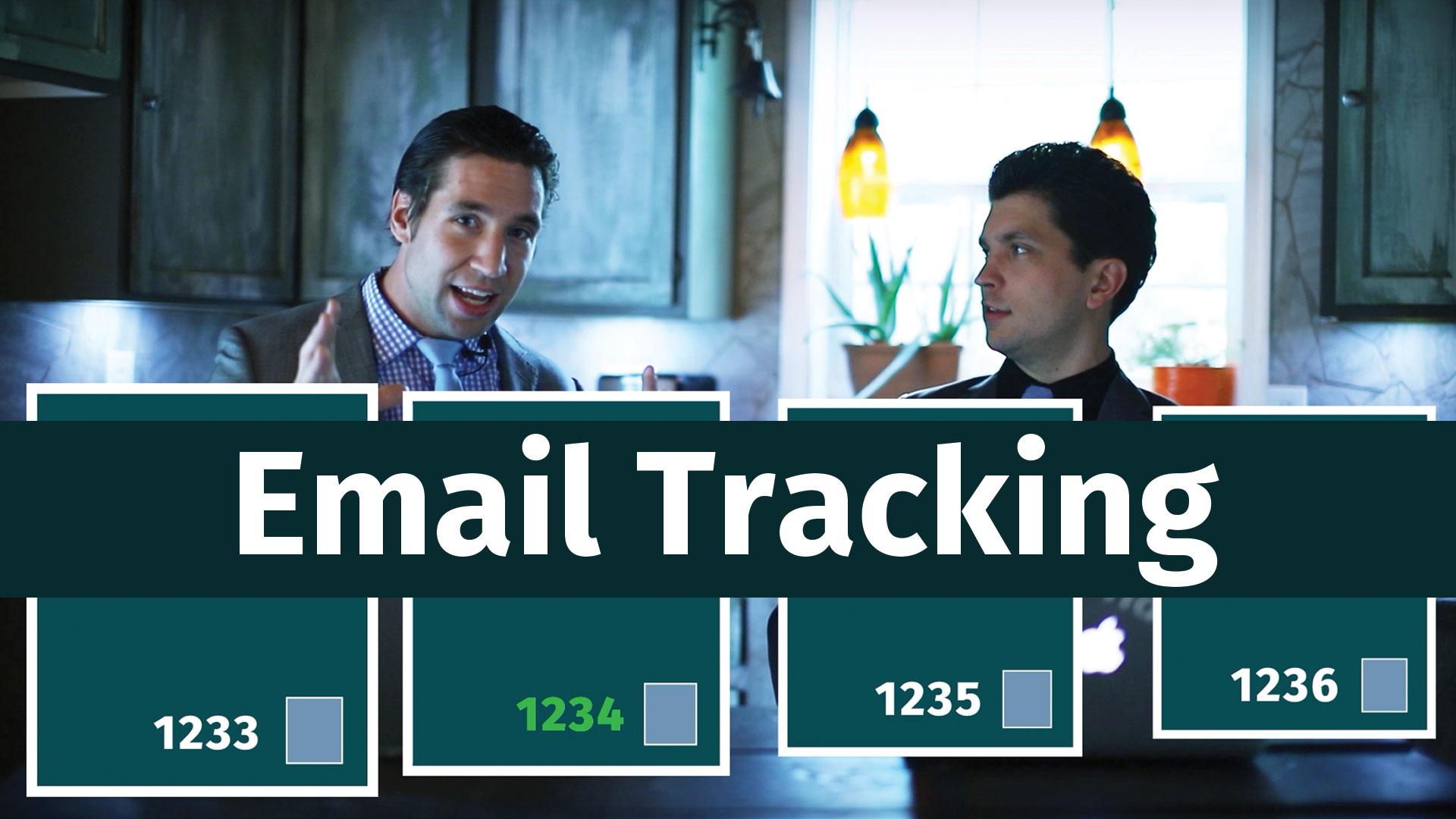Email tracking - How it works and why it isn’t always reliable.
Email tracking, or sometimes called pixel tracking, is a way to determine if someone has read an email after you have sent it. Once sent, an email is delivered to servers which you have no access to, making it difficult to determine when it is opened. There’s a solution though: using remote content, usually a small 1px by 1px transparent image. These images are tiny and clear so they don’t get in the way.

But what good does a tiny invisible image do? The answer is beautifully simple. It acts as a link back to a server to which you have access. When email newsletters are sent, an image with a unique ID is added to each individual email. Example: The email sent to Zakk may have an ID of 1234. Now whenever the server gets a request for image 1234, we can tell that Zakk has opened his email.
And it gets more interesting from there. Additional details can be gathered from the request, such as what device was used, where the request came from, and what browser was used.
There is one major flaw with this tracking method though: to work at all, it requires that the image be loaded which doesn’t always happen. Many email systems do not load images by default. (For reasons of privacy, security, and data usage on mobile devices.) The recipient will usually be asked if they wish to show images, or load remote content. If the recipient does not load the images, the server request for the image is never sent, and the system will not log this email as being read. This is why email tracking often seems inexact and open rates can sometimes seem low.
All in all it’s a good technique though and one that is used frequently.



